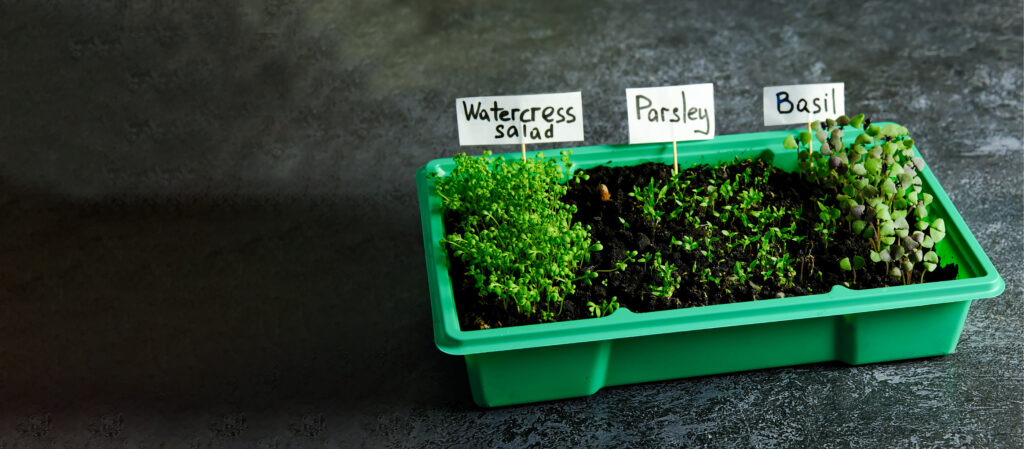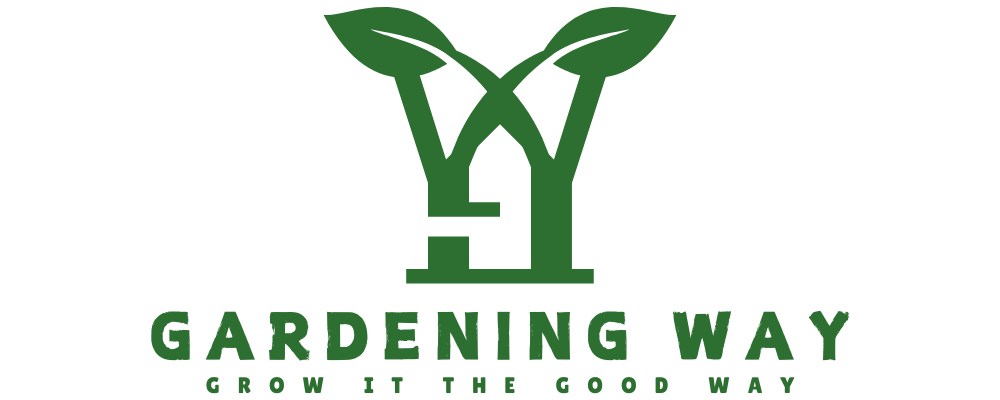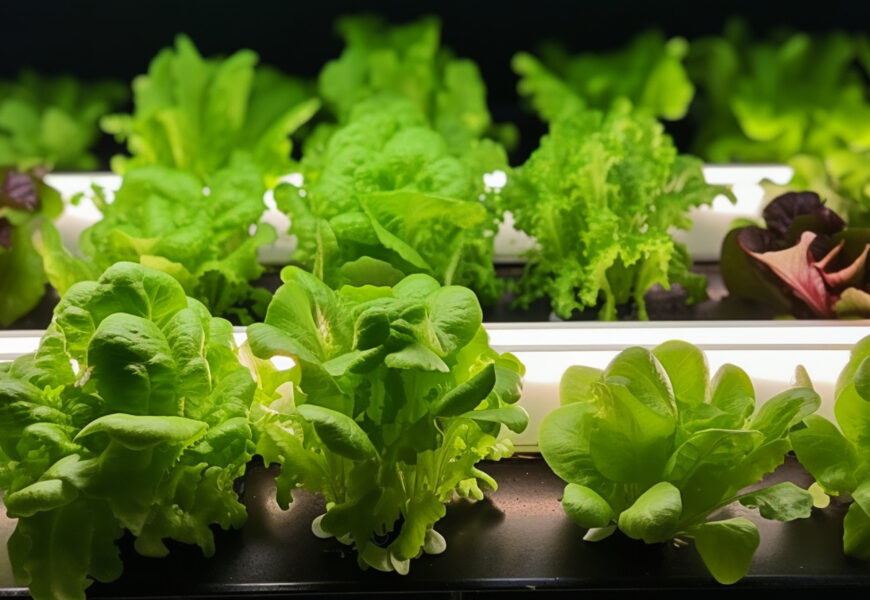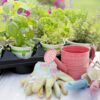Indoor hydroponic gardening is revolutionizing the way we grow food at home. By cultivating plants in nutrient-rich water instead of soil, you can grow fresh, healthy produce year-round, regardless of outdoor conditions. This guide will walk you through everything you need to know to start your own hydroponic garden.
Essential Components of a Hydroponic System

Before diving into setup, let’s understand the core components you’ll need:
- Growing containers or net pots
- Nutrient solution reservoir
- Air pump and air stones
- Growing medium (such as clay pellets or rockwool)
- Water pump (for some systems)
- LED grow lights
- pH testing kit
Choosing Your Hydroponic System
Several hydroponic systems work well for beginners:
Deep Water Culture (DWC)
The most straightforward system to start with. Plants float in nutrient solution while air stones provide oxygen to the roots. Perfect for leafy greens and herbs.
Nutrient Film Technique (NFT)
A shallow stream of nutrient solution flows continuously over plant roots. Excellent for more extensive operations and consistent harvests.
Wick System
It uses passive wicking action to deliver nutrients to plants. Low-maintenance but slower growing than active systems.
Setting Up Your First System
Follow these steps for a successful setup:
- Choose Your Location
- Select a space with stable temperature (65-75°F)
- Ensure adequate ventilation
- Access to electrical outlets
- Easy water access for maintenance
- Prepare Your Growing Medium
- Rinse clay pellets thoroughly
- Pre-soak rockwool cubes in pH-balanced water
- Position growing medium in net pots
- Mix Your Nutrient Solution
- Use quality hydroponic nutrients
- Start with half-strength solution for seedlings
- Maintain proper pH (5.5-6.5 for most plants)
- Monitor water temperature (65-68°F ideal)
Best Plants for Beginners
Start with these foolproof options:
- Lettuce (ready in 30-45 days)
- Basil (continuous harvesting)
- Spinach (quick growing)
- Mint (vigorous and forgiving)
- Strawberries (year-round production possible)
Maintaining Your Hydroponic Garden
Regular maintenance ensures healthy growth:
Daily Tasks
- Check water levels
- Monitor temperature
- Observe plant health
- Ensure proper lighting
Weekly Tasks
- Test pH and nutrient levels
- Clean any algae growth
- Prune plants as needed
- Top off nutrient solution
Troubleshooting Common Issues
Understanding common problems helps prevent crop loss:
Issue: Yellow leaves Solution: Usually indicates nutrient deficiency. Check pH and nutrient levels.
Issue: Root rot Solution: Increase oxygen circulation and ensure proper water temperature.
Advanced Tips for Success
Once you’re comfortable with the basics, try these techniques:
- Implement a rotation schedule for continuous harvests
- Experiment with different nutrient formulations
- Try growing multiple plant varieties together
- Track growth rates and yields
Economic Benefits
Indoor hydroponic gardening can be cost-effective:
- Reduced water usage (up to 90% less than traditional gardening)
- Year-round growing capacity
- No soil or pesticides needed
- Higher yields in smaller spaces
Remember, successful hydroponic gardening is about consistency and attention to detail. Start small, monitor closely, and adjust as needed. With proper care, your indoor garden will provide fresh, healthy produce throughout the year.





